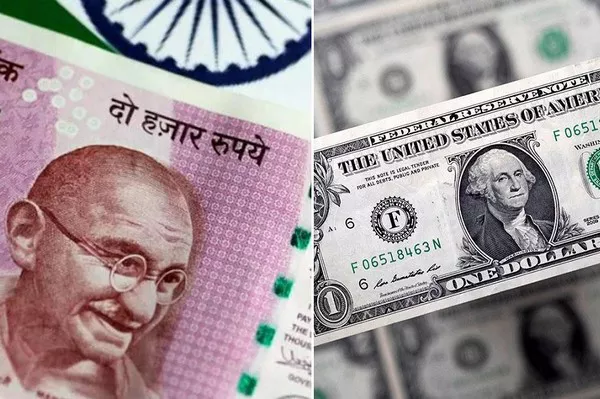Currency symbols are not only functional but often carry historical, cultural, and economic significance. Among the array of currency symbols, the dollar sign ($) adorned with a star has piqued the curiosity of many. In this article, we embark on a journey to unveil the mystery behind the dollar sign with a star, exploring its origins, variations, and the countries where it is used. By delving into the symbolism of this currency notation, we aim to shed light on its meaning in the world of finance and beyond.
The Origins of the Dollar Sign
1. Spanish Influence
The dollar sign’s origins can be traced back to the Spanish colonial period in the Americas. The symbol evolved from the “Pillars of Hercules,” a heraldic emblem used on Spanish coins. Over time, the Pillars of Hercules transformed into two vertical lines with a horizontal line intersecting them, resembling the letter “S.”
2. Mexican Peso Connection
The Mexican peso, often referred to as the “peso de ocho” or “Spanish dollar,” played a significant role in the development of the dollar sign. The symbol “$” is believed to be an evolution of the abbreviation “Ps,” used to denote pesos. This abbreviation gradually transformed into the distinctive “S” with two vertical lines.
Variations of the Dollar Sign
1. Single and Double Bars
The dollar sign is commonly depicted with either one or two vertical bars. The single bar variant ($) is prevalent in the United States and other countries, while the double bar variant ($$) is less commonly used. The double bar version may signify larger quantities of currency.
2. Stylistic Differences
In various fonts and designs, the dollar sign can exhibit stylistic variations. Some may feature a shorter vertical bar or a longer horizontal line. These differences contribute to the visual diversity of the symbol.
Countries Using the Dollar Sign with a Star
1. United States
The United States is perhaps the most well-known user of the dollar sign with a star. It is prominently featured on the US dollar bills and coins. The star is often associated with the motto “In God We Trust.”
2. Canada
Canada also uses the dollar sign with a star on its currency. The symbol represents the Canadian dollar (CAD) and is seen on Canadian banknotes and coins.
3. Australia
The Australian dollar (AUD) is denoted by the dollar sign with a star in Australia. This symbol is used on Australian currency, indicating its value in international exchange.
4. New Zealand
In New Zealand, the dollar sign with a star is used to denote the New Zealand dollar (NZD). The symbol is found on New Zealand’s currency and financial documents.
Symbolism and Significance
1. Global Trade and Commerce
The dollar sign, with its star and associated currency symbols, serves as a universal identifier in global trade and commerce. It facilitates transactions, investment, and economic activities across borders.
2. Economic Stability and Value
The presence of the dollar sign with a star on currency signifies the economic stability and value of a country’s currency. It reflects the confidence of the nation’s government and financial institutions.
3. Cultural Heritage
The dollar sign with a star carries cultural heritage and historical significance, harking back to colonial times and the evolution of monetary systems.
5. Conclusion
In conclusion, the dollar sign with a star is a currency symbol that embodies a rich history, cultural heritage, and economic significance. Its origins in Spanish and Mexican currency systems have evolved into a universally recognized notation for various countries’ currencies, including the United States, Canada, Australia, and New Zealand. The symbol’s variations and stylistic differences contribute to its visual diversity, while its presence on currency notes and coins reflects economic stability, value, and global trade. As we continue to engage with currency symbols in our daily lives, the dollar sign with a star serves as a reminder of the interconnectedness of economies, cultures, and history on a global scale.


